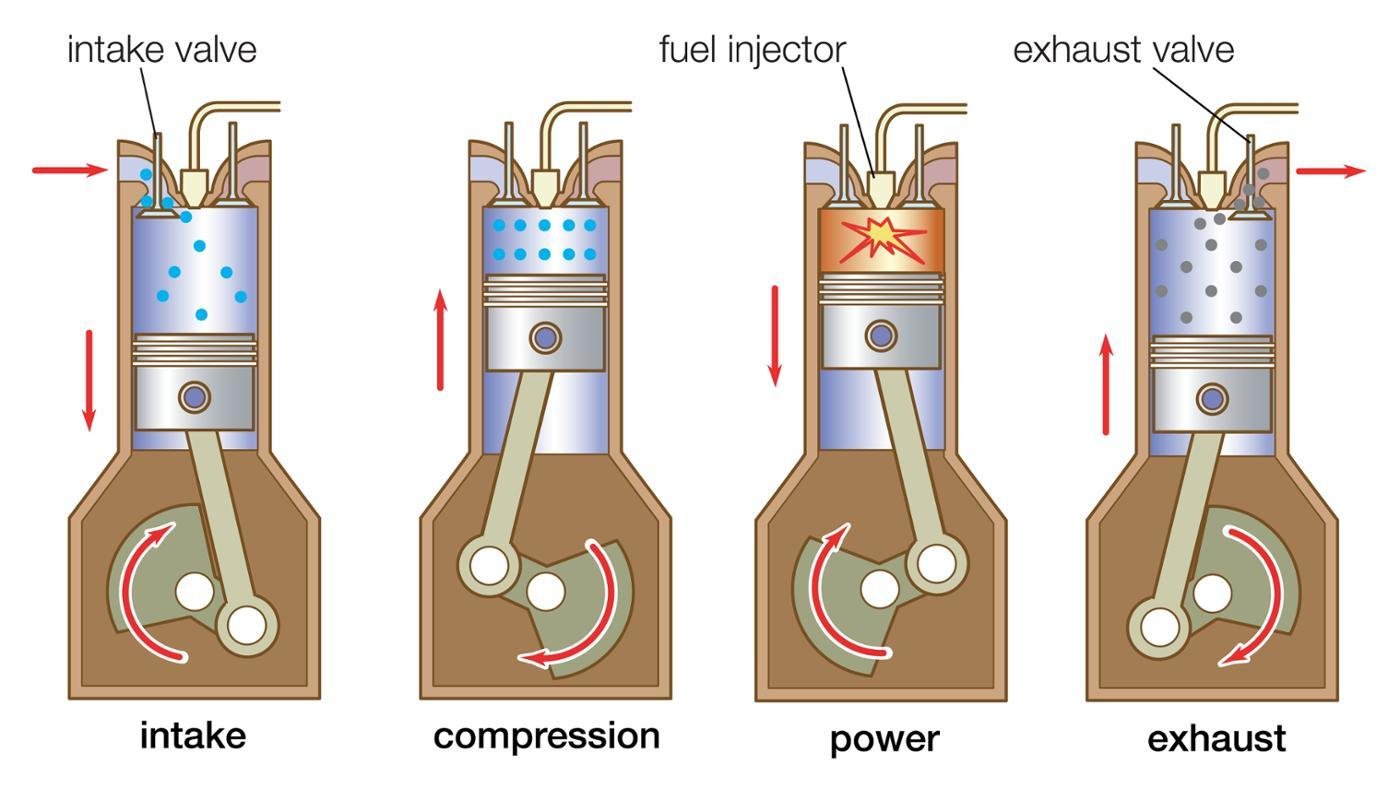The Mission for Ultimate Driving Power: Examining the Peak of Engine Performance and Technological Developments in the Automotive Industry
In the realm of automotive design, the search of optimum driving power has actually been an unrelenting pursuit that has unfolded through the evolution of engine style and the integration of innovative modern technologies. From the meticulous craftsmanship of burning engines to the quick innovations in electrical propulsion systems, the automotive market stands at the cusp of a brand-new age identified by extraordinary efficiency abilities.
Advancement of Engine Layout

Additionally, the assimilation of turbocharging and supercharging innovations has actually revolutionized engine style by enhancing power without considerably boosting engine dimension. These forced induction systems compress the intake air, enabling even more gas to be combusted, thus producing better power output from a smaller engine. This innovation has actually been particularly essential in boosting the efficiency of smaller displacement engines while preserving fuel efficiency requirements.

Performance-Enhancing Fuel Technologies
The application of innovative gas technologies has actually significantly added to boosting engine efficiency in contemporary automobiles. From standard gas and diesel to ingenious biofuels, synthetic fuels, and hydrogen, the auto field is observing a change in gas choices. Biofuels, derived from renewable sources like corn, algae, or sugarcane, deal reduced exhausts and boosted engine efficiency. Artificial gas, generated through chemical processes, supply high octane scores, improving power outcome. Hydrogen gas cells, although still in the beginning of adoption, reveal great assurance as a result of their zero-emission nature and potential for high performance. Additionally, gas ingredients and cleaning agents are being created to tidy engine components, optimize combustion, and minimize rubbing, thus improving general vehicle performance. With continuous r & d, the quest for the ultimate driving power proceeds, as engineers strive to open the complete possibility of performance-enhancing fuel technologies in the auto market.
Innovations in Electric Propulsion
Significant strides in electric propulsion technology have reinvented the automotive industry, paving the method for a new age of effective and lasting transportation. Electric cars (EVs) are getting appeal as a result of their ecological advantages and innovations in battery technology, making it possible for longer driving varieties and shorter charging times. Producers are investing heavily in r & d to enhance the performance of electric propulsion systems, focusing on increasing power output, boosting power performance, and decreasing general weight.
One remarkable development in electric propulsion is the growth of innovative electrical motors that supply higher torque and power density, leading to boosted acceleration and overall driving performance. In addition, regenerative stopping systems have been improved to store and record energy during slowdown, additional boosting the effectiveness of EVs.
Moreover, the integration of clever innovations, such as man-made intelligence and anticipating analytics, is optimizing the monitoring of electrical propulsion systems, making certain ideal efficiency under different driving problems. These improvements in electric propulsion are improving the automotive landscape, driving the sector towards an extra sustainable and amazed future.
Impact of Computational Liquid Dynamics
With improvements in electric propulsion pushing the borders of automobile modern technology, the combination of Computational Liquid Dynamics is playing an essential role in enhancing wind view it resistant performance and improving general effectiveness in lorry design. Computational Liquid Characteristics (CFD) entails using computer system simulations to evaluate the circulation of air around a lorry, allowing designers to forecast exactly how layout adjustments will certainly influence aerodynamics without the need for costly physical prototypes. By properly modeling air movement patterns, CFD enables the refinement of automobile forms to minimize drag, boost air conditioning, and enhance stability.
CFD makes it possible for engineers to enhance airflow around parts such as radiators, engine bays, and wheel wells, adding to enhanced efficiency and total driving experience. In final thought, the integration of Computational Liquid Characteristics stands for a substantial step ahead in the quest for best driving power and efficiency in the auto sector.
Future Trends in Engine Development
In the dynamic landscape of vehicle engineering, advanced advancements are forming the future trajectory of engine innovation. The future of engine design is noted by a strong focus on sustainability, efficiency, and effectiveness. Producers are increasingly concentrating on developing engines that not only supply high power outcomes yet likewise focus on environmental duty by improving and reducing discharges gas efficiency.
One famous trend in engine development is the surge of electrification. Hybrid and electrical powertrains are acquiring grip as sensible alternatives to standard burning engines. These modern technologies offer the capacity for considerable decreases in carbon emissions and enhanced power performance, aligning with worldwide initiatives to battle climate change.
Additionally, innovations in products science and production strategies are enabling the manufacturing of lighter and extra durable engine elements. This shift towards light-weight materials such as carbon websites fiber and aluminum alloys adds to enhanced performance and fuel economic situation.
Verdict
To conclude, the pursuit of ultimate driving power in the automobile industry remains to drive improvements in engine style, gas innovations, electrical propulsion, and computational fluid dynamics. The advancement of these modern technologies is forming the future of engine technology, leading the way for a lot more effective and powerful vehicles (engines for africa). As the industry remains to press the boundaries of what is feasible, we can anticipate to see much more revolutionary advancements in the pursuit for peak performance
One of the crucial milestones in engine layout development is the change from typical carbureted engines to modern fuel-injected systems. By specifically metering the gas distribution to each cyndrical tube, fuel-injected engines optimize burning, resulting in far better performance and decreased ecological influence.
Moreover, the integration of turbocharging and turbo charging innovations has actually reinvented engine design by boosting power without significantly raising engine size (engines for africa).The implementation of sophisticated gas technologies has actually substantially contributed to improving engine performance in modern-day automobiles. Additionally, gas additives and cleaning agents are being formulated to tidy engine components, maximize combustion, and lower friction, thereby improving overall automobile that site performance